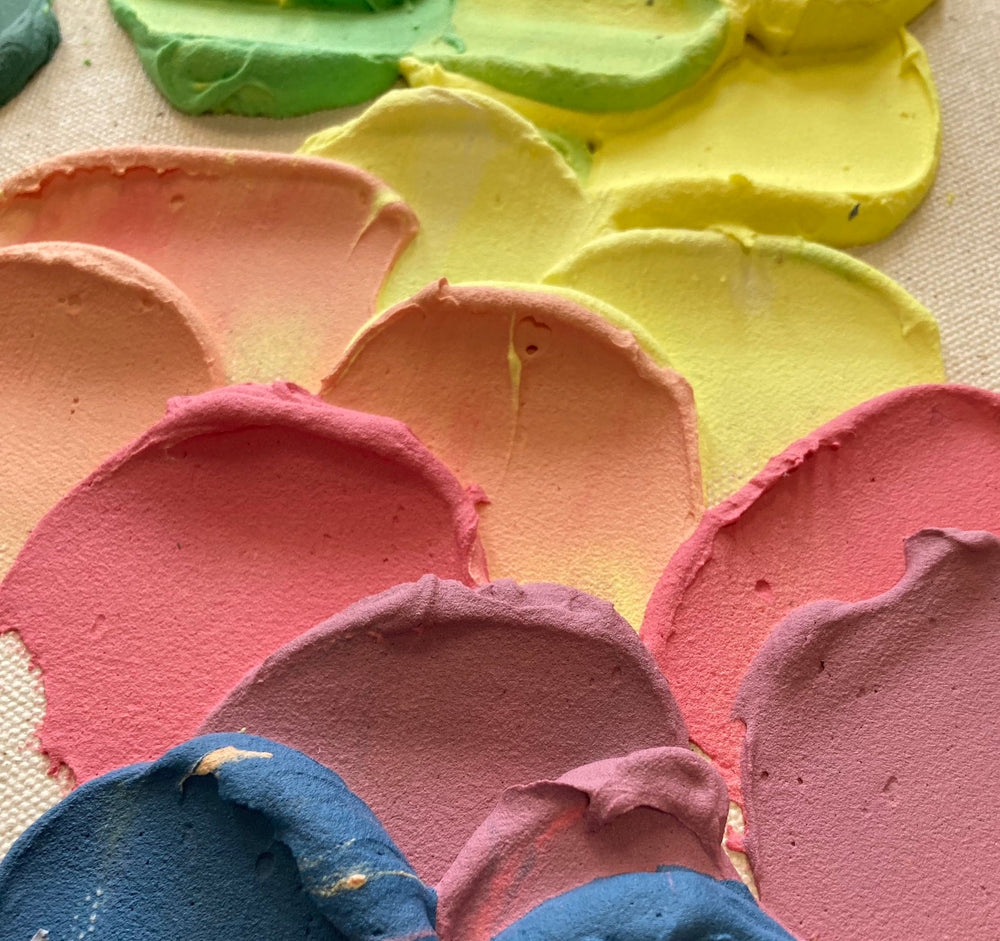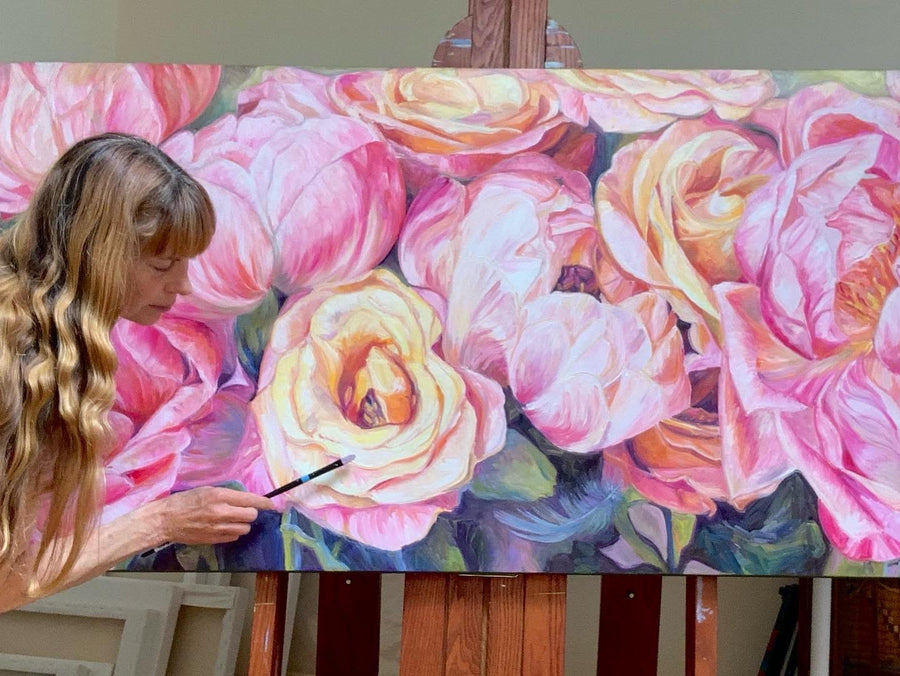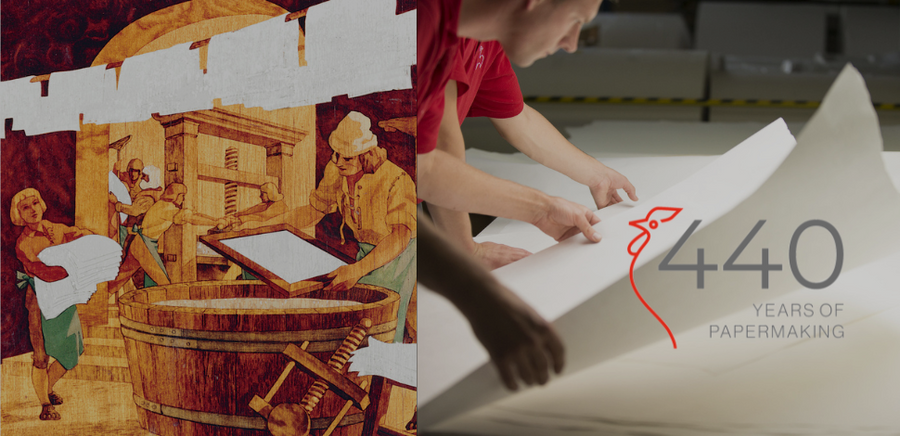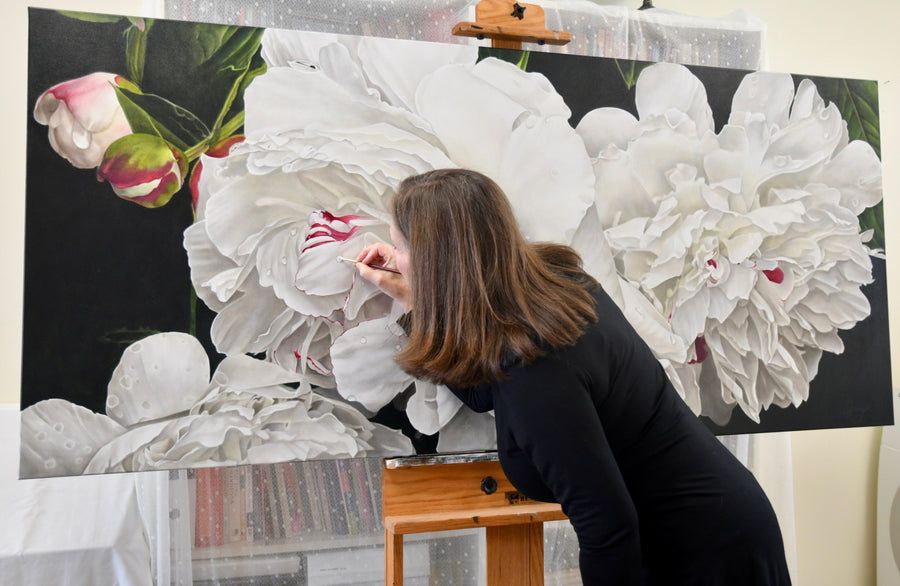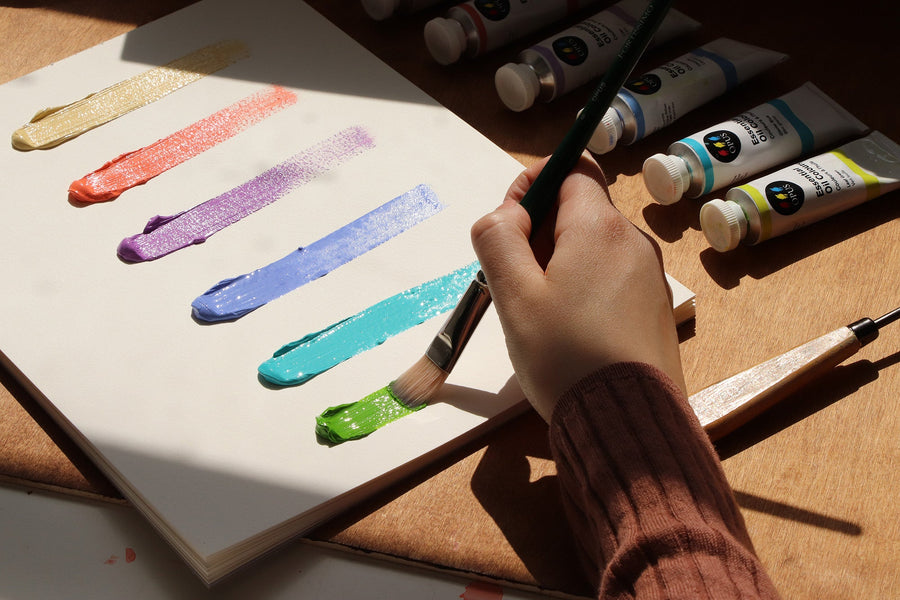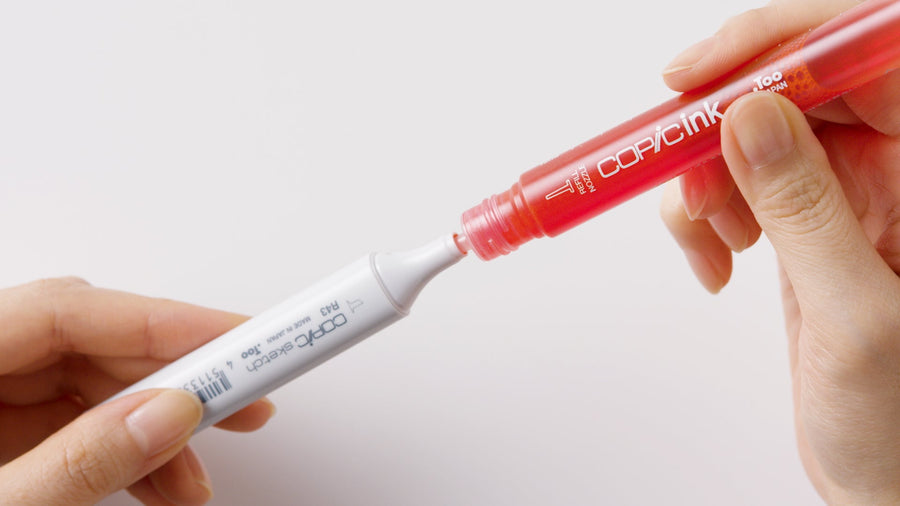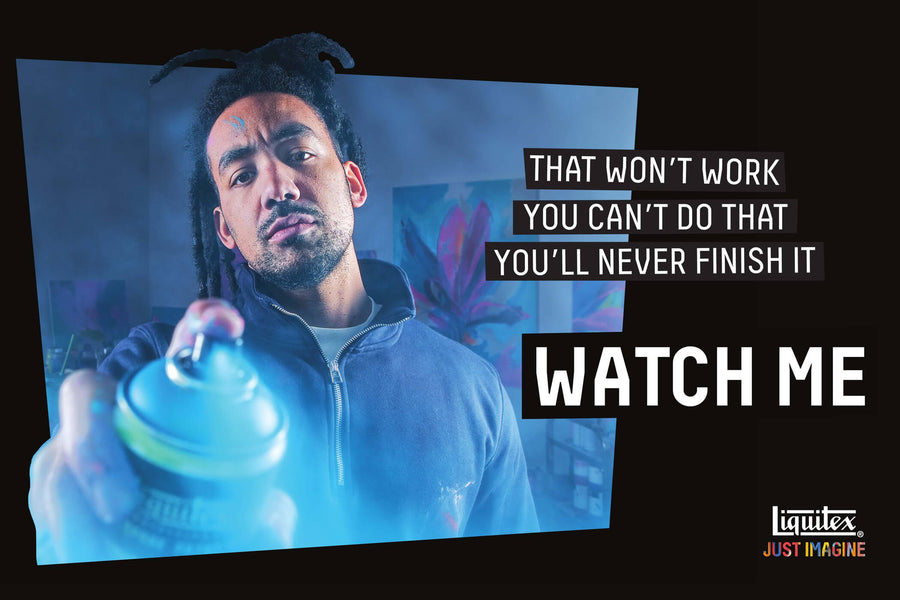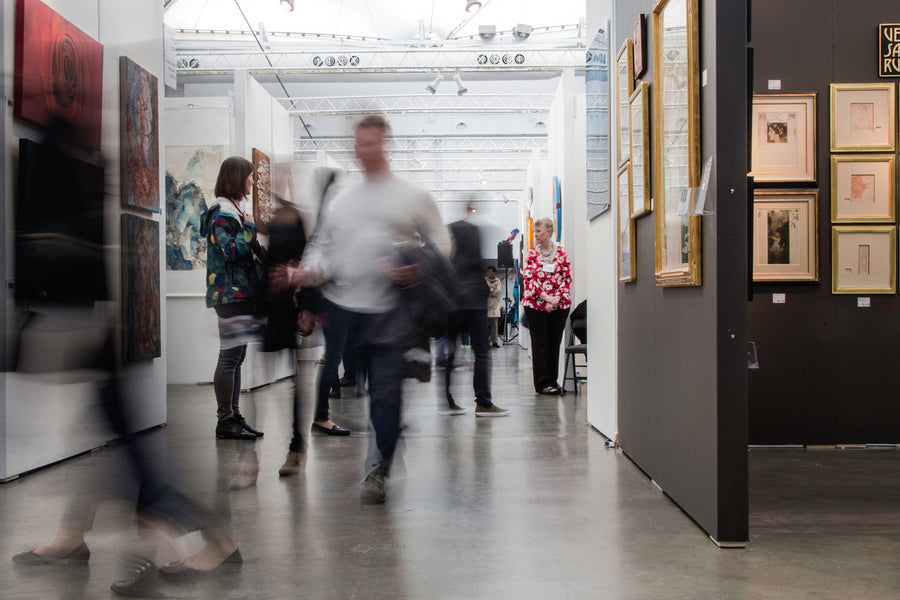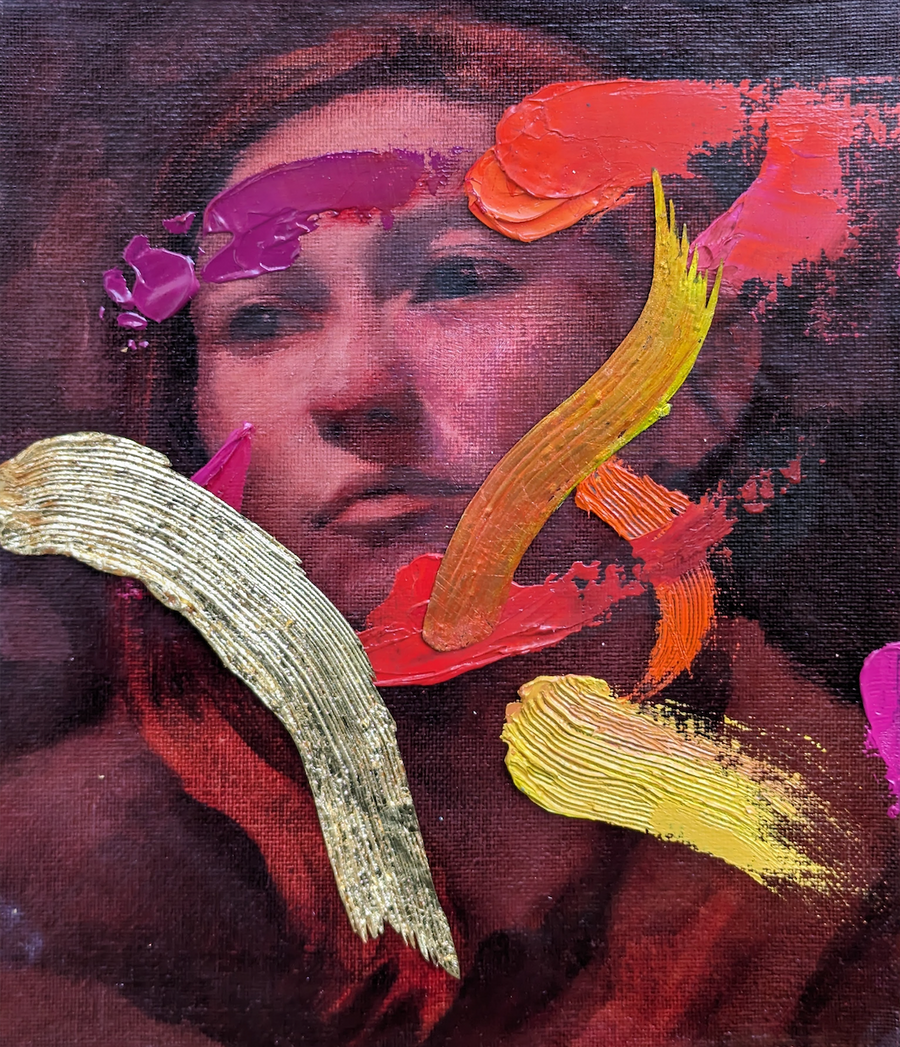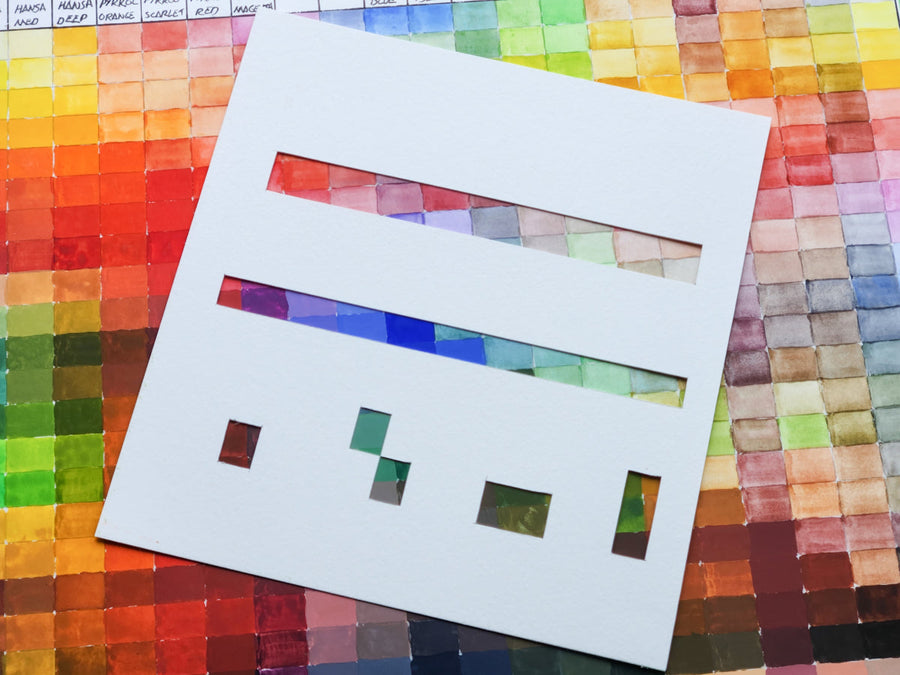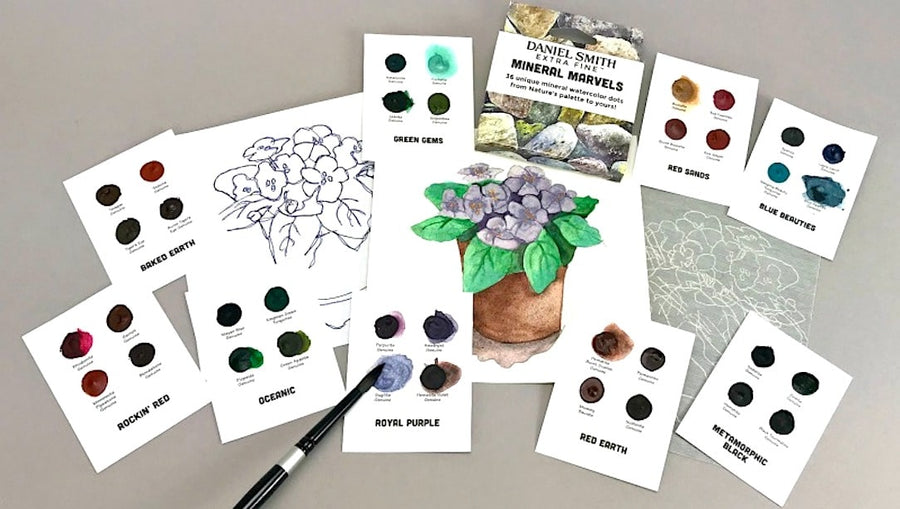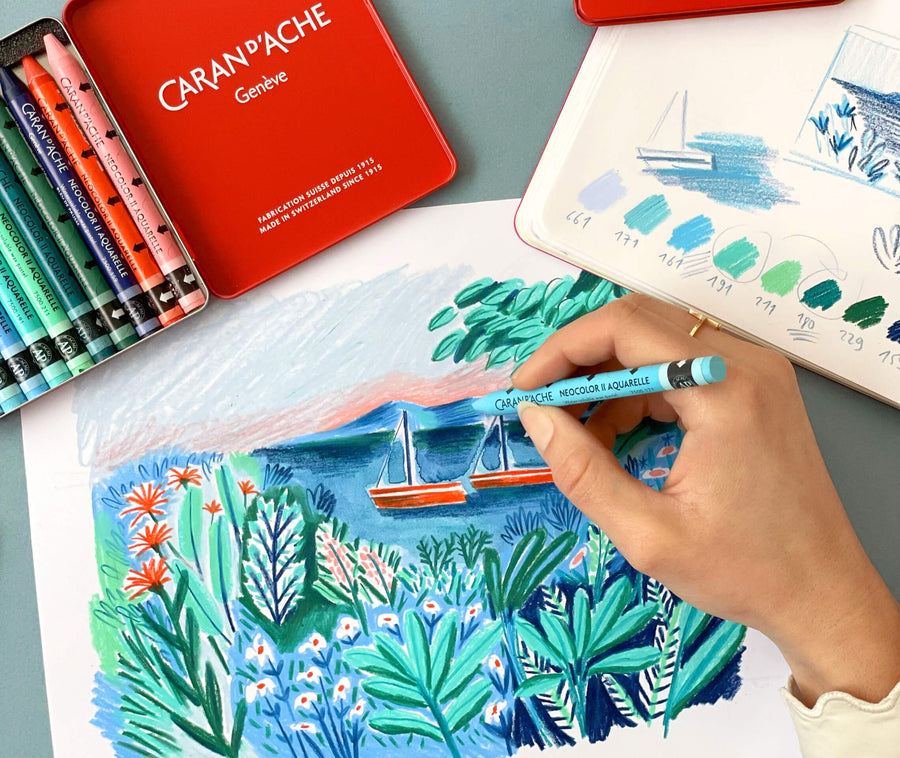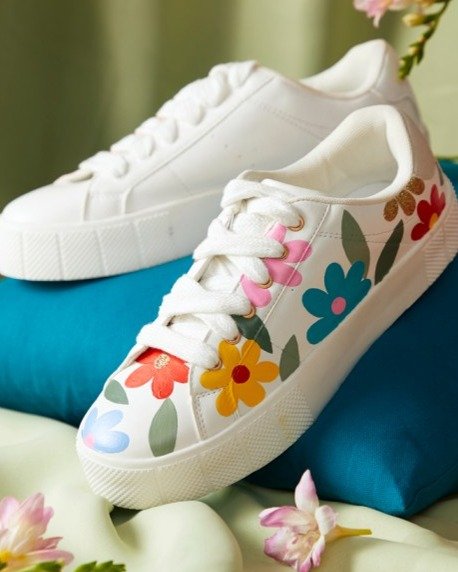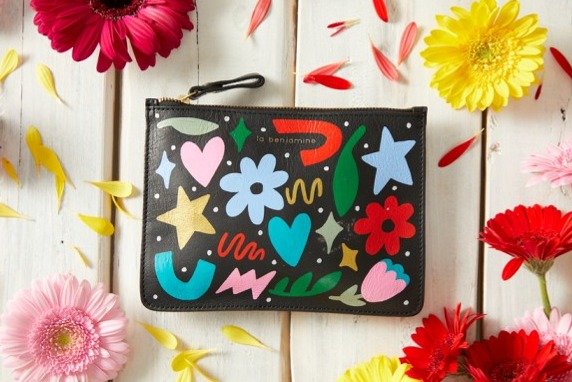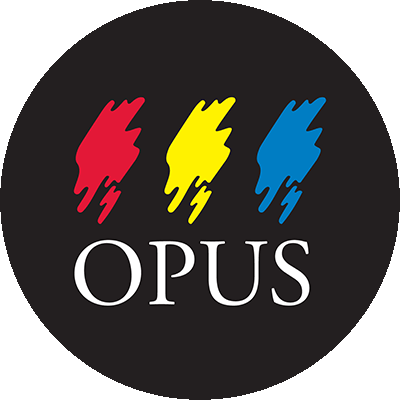"Acrylic paints and mediums have shown themselves to be the best at enabling free-range exploration of texture in painting."
Hey fellow artists! Isn't it amazing how we get lost in the magic of spreading paint across a canvas? The spark of inspiration often hits us when we're right in the groove with our materials. Well, you may be thinking, how can I go about creating all sorts of cool textures in my work?
For this, let's talk about our go-to favourites: acrylic paints and mediums. They're like the superheroes of stability and flexibility. However, the magic in bringing crazy textures to life with acrylics is Acrylic Mediums! In this article, we're highlighting GOLDEN Mediums, as they have a long history in science-based acrylic mediums and GOLDEN Acrylics are a staple among professional artists.
We'll look at three main ways that high texture can be achieved.
Direct application and manipulation of higher viscosity paints and paint/medium mixtures.
Layered build-up of paints over textured surfaces.
Collage work with fabrics, paper, acrylic skins, cast acrylic and experimental collage elements.
Table of Content


Method 1: Direct application and manipulation of higher viscosity paints and paint/medium mixtures
This method involves using thick and creamy paints, such as Golden Heavy Body Acrylics with Golden Acrylic Heavy Gels, and Molding Pastes, to create peaks, ridges, impasto effects, and collage elements. You can mix your heavy-body acrylic paints with different mediums to achieve different levels of sheen, transparency, and texture. You can also use various tools, such as brushes, knives, and spatulas, to apply and manipulate the paint on the surface. Another medium that will add a unique grit is Golden Pumice Gel! However, any of these mediums, combined with acrylic paint, will allow you to create expressive and dynamic strokes, swirls, and patterns, as seen in the images above.
Method 2: Layered build-up of paints over textured surfaces
The layered build-up of paints over textured surfaces. This method involves applying thin and fluid paints, such as Fluid Acrylic, over textured surfaces, You can create textured surfaces by using mediums like Molding Pastes, Pumice Gels, Crackle Pastes, Fiber Pastes, and other mediums that will build up texture on your surface. You can then apply thin layers of paint over the textured surface, creating glazes, washes, and veils of colour over top. You can also use transparent or translucent colours to create luminosity and depth allowing the original color of the texture to show through. This method allows you to create subtle and nuanced effects, contrasts, and highlights by applying paint over top of a prepared textured surfaced using acrylic mediums.


Method 3: Collage work with fabrics, paper, and acrylic skins
This method involves using various materials, such as fabrics, paper, photographs, and found objects, to create collage elements that can be adhered to the painting surface. You can use acrylic mediums, such as Gel Mediums, Molding Pastes, or Soft Gel, to glue the collage elements to the surface. Another great way to add texture is to create acrylic skins or casts, which are dried layers of acrylic paint and/or medium that can be freed from their surface or cast and used as collage elements. Again, glue the elements down with a medium like Gel Medium. You can use these collage elements to create texture, dimension, and complexity in your painting. Plus, you can also paint over or under the collage elements to create different effects. This method allows you to explore a wide range of possibilities and materials.


